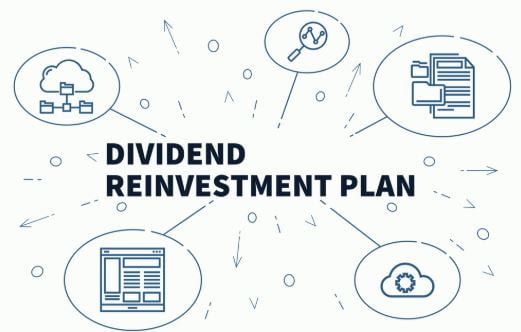When you decide that you want to become an investor, one of the first things you must do is map out your goals. Figuring out what goals you want to achieve with your investments will help you determine what type of investing you should do and what strategy you may want to use.
Your Goals are your Investing Guide Map
Your goal in investing is going to be your mission statement. The goals you set will help be a guideline for your investment decisions that you make in the future. When setting your goals, make sure not to be vague. Most people that are investing are obviously out to make money. The question is why are you trying to make money through investing. Maybe you want to invest in order to gain a higher return on your money so that you may be able to afford something in the future. Possibly you are investing so that you can build up a passive income from rents, interest and dividends to spend now or/and in the future. Whatever you decide, be sure to write out a clear goal statement and focus on it frequently as you advance through your investing career. Modify your goal if and when things change. Remember that it is OK if what was once your goal has now changed and you find yourself trying to achieve something different. Just make sure to formulate your investing plan with your goals in mind.
Dividend Growth Stock Investing Goals
There are a few different goals you may be interested in pursuing where a dividend growth stock investing strategy is a suitable approach.
Building a passive income from dividends for current needs
Rather then spend all your money from your paycheck, you may be interested in investing some money each month in dividend paying stocks. This will allow you to build up an investment portfolio over time and provide some supplemental income if you decide to take the dividends in cash to spend as the companies pay out.
Building a passive income from dividends for future needs
You may decide that you don’t need more of a current income to meet your current needs and wants. However, you don’t plan on working forever and someday that paycheck will quit coming in if you quit working. Building a portfolio of dividend growth stocks is a good way to build an income for the future. You can grow your portfolio quicker by reinvesting your current dividends and eventually the annual dividend income may be enough to cover your living expenses. At this time you can afford to not have to work for a paycheck and just live off of your dividend income. This is a good strategy for retirement.
Preserve investment capital
When you are looking for a safe investment to keep your money safe most people will thing of bonds. While bonds will help keep your principal safe, they don’t offer much in the way of investment returns. Another option if you are willing to take on a little more risk is dividend paying stocks. Stocks are definitely a riskier asset class then bonds. However, dividend paying stocks have typically been less volatile compared to other stocks. Dividend paying stocks offer a decent income component and if you select your investments wisely will give you better preservation of your capital then non dividend paying stocks. Compared to bonds, dividend paying stocks may be a little more risky in that you can lose some or all of your investment. However they also typically offer greater returns then you would receive by investing in bonds.
Good returns

There have been studies that have shown that dividend paying stocks tend to outperform over time non dividend paying stocks. Also companies that annually increase their dividend payments tend to outperform companies that do not increase their dividend payments. So over the long run, we can hope that we will be getting the best return in the market from our dividend paying stocks of solid well known companies. You will probably be less likely to lose your money and earn a decent return from a Coca Cola type company compared to a company that you have never heard of and don’t understand how they make money. Dividend growth investors pick solid stable companies that have a history of increasing earnings and paying out increasing dividends. These companies perform well over the long run.
My Dividend Growth Stock Investing Goals
Personally, I am investing in dividend growth stocks for all the reasons I’ve listed above. I believe that dividend growth stocks will over time give me a great return with less risk to my investing portfolio. I understand that dividend growth stocks will pay me out an income this year that I can use for expenses if needed. My main goal when investing in dividend growth stocks is to build up a portfolio that will provide me with a sizable income later in life. I am 30 years old and have at least another 30 years of working for a paycheck. However, I’d like to build up a portfolio of dividend stocks that eventually will pay me enough income that I can retire if I want. I will be able to use the income from my portfolio to pay my expenses without ever having to sell any of my stock assets and decrease my portfolio.
So for my goal I have a long journey ahead of me. Short term I measure my success by tracking my dividend income on a monthly and annual basis. I expect to see these income numbers rising as time passes and if this is happening I will know I am on the right track towards achieving my investing goals.
In Conclusion
Before you get started investing, make sure to take a moment and think about what you are really trying to achieve. Figure out your goals and use them as a guide map for your investing decisions in the future.




